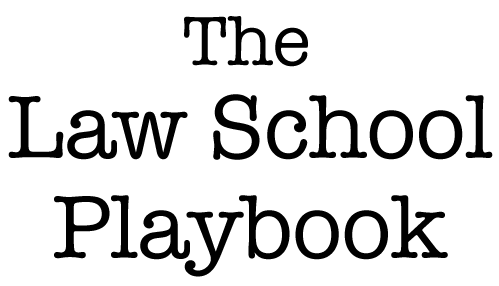If you use a navigation app to get to a destination, it sometimes notifies you of an alternate route that would save you time. One, for example, that would save you 6 minutes. Do you stay on course or choose the quicker route? Me, I like being prompt (okay, early), so I invariably opt for the quicker route. Is that cheating? After all, both get me to the same destination.
In talking to students about how to save precious time, I recommend the various reading strategies set forth in my reading series on The Law School Playbook. Those strategies include reading recursively, being mindful of time as you read, and pre-reading to make you a more efficient, effective reader. Beginning students push back against these strategies, mistakenly thinking that they are depriving themselves of the true reading that occurs when approaching a text with a blank slate, reading it from beginning to end, and discovering its truth. Respectfully, I disagree.
When I teach legal research and writing, we discuss the difference between readers and users. Readers lounge in a hammock waiting for the story to unfold, while users hunt for the information that they need. Unless they are on vacation, lawyers all tend to be users. They move around an opinion in a nonlinear fashion to look for what they need, typically while being interrupted by a ringing telephone or an email. They’d be remiss to bill a client for the reading rate that happens when lounging in a hammock waiting for a story to unfold. In sum, using strategies like approaching an opinion with background knowledge or reading the ending first does not mean that you are taking a shortcut. Like the alternate route offered in your navigation app, it is just a more efficient way of getting there.
